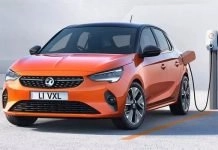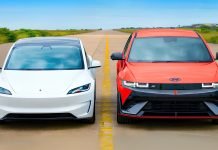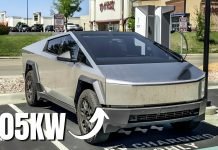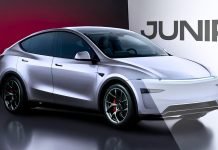There is evidence that Mazda has begun to invest a great deal of effort in assembling a new two-rotor rotary engine to meet the high power demands of the American market. This move is a welcome development in Mazda’s unending journey in rotary technology, a power system it has invested in since the ’60s.
The latest words of Mazda’s CEO Masahiro Moro convinced that the company is on the cusp of creating a twin-rotor engine that meets strict emission standards. He pointed out that a single-rotor engine just does not offer the power that is needed for the consumers saying, “If we’re to consider the U.S. market then, one rotor is not enough.” Two rotors are required to produce more power”.
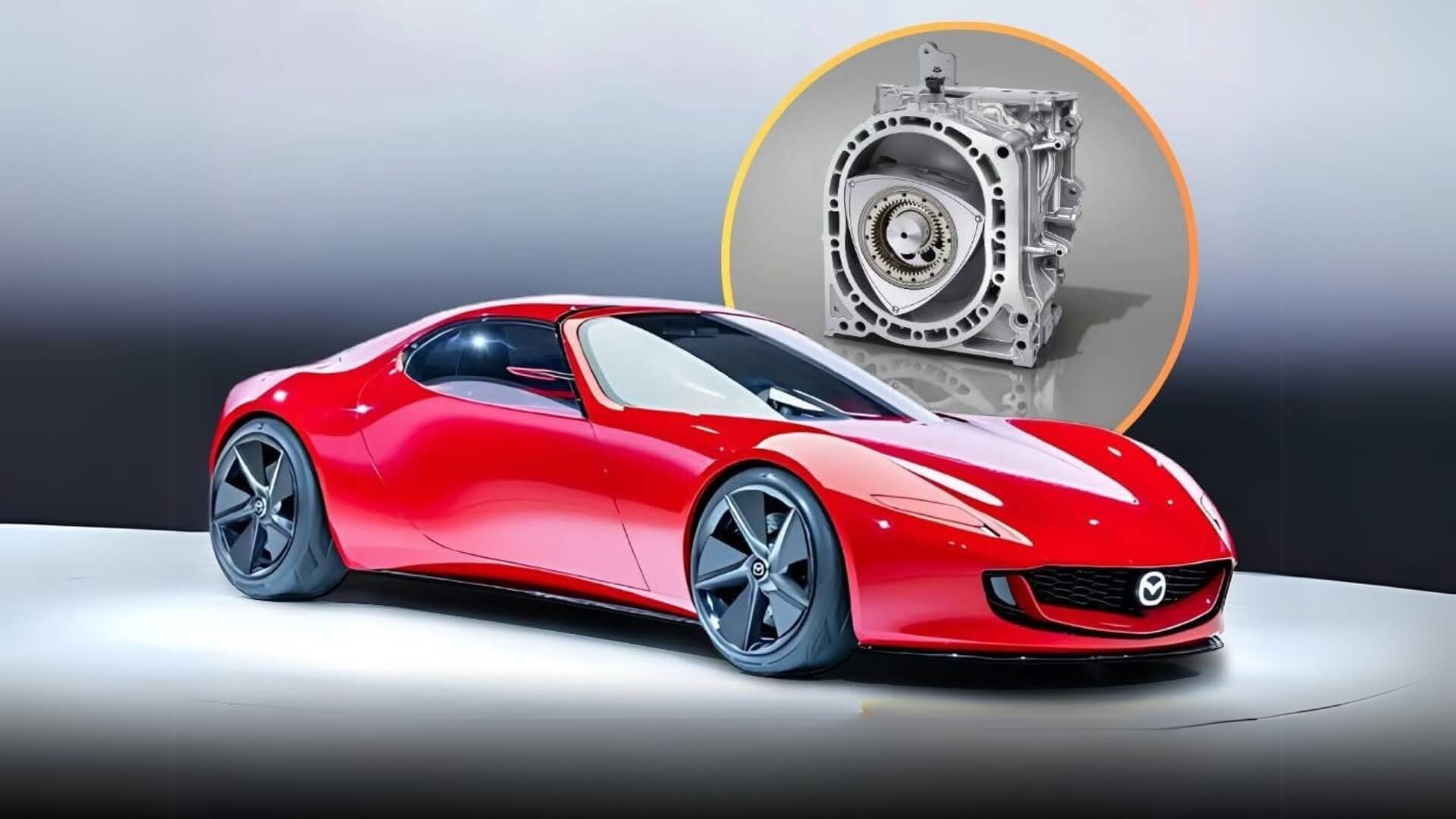
Mazda Develops Two-Rotor Engine to Cater to America’s Power Demand
This shift is attributed to changes in the different market structure in America than Japan and the different preferences that the Mazda Company noted from the American motorists concerning the power of the cars that they were importing into the market.
The rotary engine has long been Mazda’s identifier of the so-called ‘challenger spirit,’ thanks to feature notabilities such as the RX-7 and the 787B race car. Nonetheless, after Mazda stopped the RX-8 production in 2012, the brand put its rotary program on hold as fans eagerly waited for the company to bring back the car. The recent rotary technology rethink hit the automotive scene with a single-rotor engine employed in the MX-30 SUV as a range extender in 2021. However, attention is being drawn in the subsequent model to a somewhat more effective two-rotor system.
Technical Innovations
The new twin-rotor engine will work in that the two rotors will rotate in their chamber but will be connected by a single shaft. This design will increase power production and density, which are necessary for achieving today’s emission standards. Moro mentioned that this dual configuration would not only give more power but also allow for improved power generation, which is critical for hybrid purposes.
While the two-rotor engine may not provide direct power to the wheels, it is primarily expected to work as an electric vehicle range extender to the car’s battery. This approach is compatible with the current trend of using hybrid technology by vehicle manufacturers in the current market. The technology implemented in the concept vehicle called the Iconic SP is expected to yield around 365HP and will possess an efficient power-to-weight ratio.
Market Considerations
The decision to develop this new engine configuration at Mazda is primarily due to market forces in the United States. The American market has proved over the recent past to be in demand for vehicles that have both quality performance and fuel efficiency. Therefore Mazda’s goal is to market its rotary engines as attractive options within this compressed market segment.
This speaks volumes that its subsequent model which comes with this engine will go well for individuals who are conscious of their impact on the environment and are looking forward to environment-friendly vehicles.
Challenges Ahead
However, the firms continue experiencing some problems in making sure that the new rotary engine receives a favorable uptake while at the same time being environmentally friendly, especially concerning emissions. Rotary engines have been a problem in the past when it came to thermal efficiency and emissions, but Mazda believes its engineers are up for the task. The company has regrouped its specialized rotary engine development team to strategically advance within this specialized category.
Furthermore, the twin-rotor engine is intended specifically to be a range extender, however, patents granted to Mazda indicate that they are also considering settings wherein the rotary engine would directly propel the vehicle wheels-which can mean that besides the hybrid usage, it serves yet another purpose.
Conclusion
Mazda continues to try to pursue a two-rotor rotary engine not only as a means of drawing from its past successes but also as a response to modern concerns in automotive design. While unlocking technical barriers and undermining policy restraints this conception potentially alters the characteristics of consumer’s expectation toward performance vehicles in the context of the gradual electrification of the automotive industry.
With plans for production models perhaps resulting from the Iconic SP concept in view, Mazda is well on its way to regaining lost glory with the rotary and also meeting the ever-thirsty American market for power and performance in cars.








